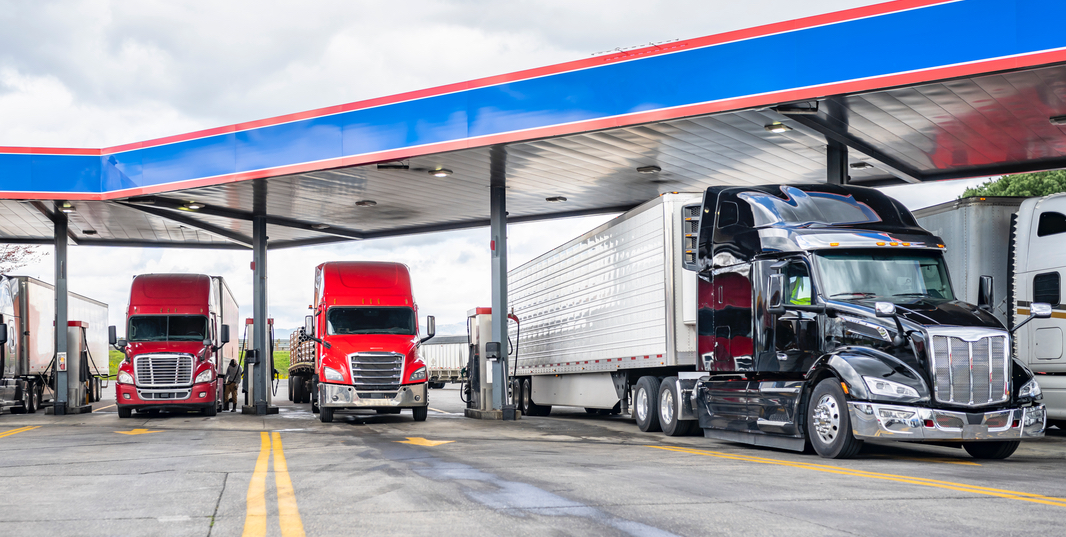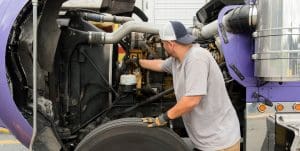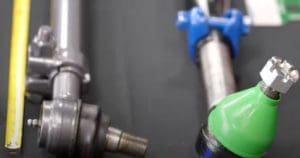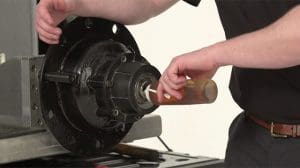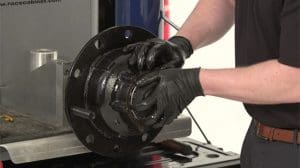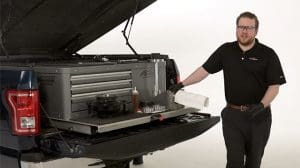Cuando llega el verano y las temperaturas comienzan a subir, no sorprende que los precios de la gasolina tiendan a seguir su ejemplo. Es la temporada, por así decirlo. De hecho, según el Administración de Información Energética de EE. UU. Las estadísticas de la EIA muestran que desde 2000 hasta 2022, el precio mensual promedio de la gasolina de grado regular al por menor en EE. UU. en agosto fue aproximadamente 39 centavos por galón más alto que el precio promedio en enero. Una tendencia similar se observó para el diésel, con precios alrededor de 24 centavos más por galón, en promedio.
En la industria del transporte por carretera comercial, se pueden esperar cambios estacionales. Algunas cosas estarán fuera de su control, pero la buena noticia es que habrá muchas cosas que podrá controlar durante los próximos meses para ayudar a reducir los costos de combustible de su flota.
Mantenimiento y eficiencia del combustible
No podemos enfatizar lo suficiente este punto: mantenerse al tanto de sus programas de mantenimiento de rutina garantizará que sus camiones salgan a la carretera con un rendimiento óptimo del motor. Si consideramos que los conductores probablemente tendrán más viajes y más millas que recorrer durante el verano, este consejo por sí solo puede valer su peso en oro (o petróleo, para ser más exactos) si se sigue de cerca. Así que asegúrese de estar atento a la presión de los neumáticos, los niveles de aceite, los filtros de aire y los cronogramas generales de puesta a punto este verano. Operar su flota al máximo rendimiento le ayudará a ahorrar dinero tanto a corto como a largo plazo. Para ayudarle a hacer esto, le recomendamos dos consejos de mantenimiento clave a considerar en los próximos meses.
Juego axial del rodamiento de rueda
Primero, una de las formas más fáciles de reducir el costo por milla de su flota es apretar los extremos de las ruedas según las especificaciones adecuadas. Los objetivos del juego final de la rueda son .001-.005, o una ligera precarga. Pensando en términos de 10 posiciones de ruedas en una combinación de camión con remolque, o 20 o más en Michigan, si los ajustes de los extremos de las ruedas tienen una precarga excesiva, obliga al motor a trabajar más duro, consumiendo más combustible y disminuyendo la economía de combustible. Entonces, si bien es posible que no podamos ajustar el precio del combustible diésel, podemos monitorear nuestros procedimientos de ajuste del juego final.
Inflación de neumáticos
En segundo lugar, es útil recordar que el gasto más controlable para una flota es mantener los niveles correctos de inflación de los neumáticos. Es un hecho que un neumático correctamente inflado aumentará el mpg de cualquier vehículo. Los neumáticos semi con un objetivo de psi de 90 a 110 perderán o ganarán de 1 a 2 psi por cada diez grados de cambio de temperatura. Por lo tanto, es muy importante comprobar la presión en frío de los neumáticos periódicamente. Además, es igualmente importante comprobar la presión de los neumáticos en los remolques que tienen un sistema de inflado de neumáticos automatizado. Los sistemas de inflado de neumáticos aún deben recibir mantenimiento y la precisión de la presión de los neumáticos también debe verificarse periódicamente. Con algo tan importante, no puedes simplemente “configurarlo y olvidarlo”.
Desarrollar prácticas de uso eficiente del combustible
Los conductores tienen un papel importante que desempeñar en lo que respecta al consumo de combustible. Existe una relación directa con lo que sucede detrás del volante y lo que sucede debajo del capó. A continuación se presentan algunos pasos prácticos que los conductores pueden tomar para ayudar a impulsar la economía general de combustible.
En primer lugar, preste mucha atención a las rutas de conducción. La planificación eficiente de rutas es una forma segura de protegerse contra el desperdicio de combustible o los kilómetros extra recorridos. Ya sea que elija la tecnología GPS u opte por un software de optimización de rutas más especializado, haga su debida diligencia al planificar con anticipación para asegurarse de conservar combustible y minimizar cualquier retraso en el camino.
Otra forma en que las empresas desarrollan prácticas de conducción más saludables es estableciendo políticas que fomenten la eficiencia y la conservación del combustible. Las técnicas de conducción inteligentes, como mantener una velocidad constante, reducir el tiempo de ralentí y practicar la conducción anticipada, contribuyen al panorama general a la hora de sumar gastos. Y recuerda, lo mismo ocurre con tu carga. Medidas como limitar su carga con límites de carga es otra opción que utilizan las flotas para promover viajes seguros y al mismo tiempo proteger el resultado final.
Uso de tecnología y datos inteligentes
Los sistemas automatizados de gestión de datos son herramientas inteligentes que ayudan a realizar un seguimiento de los comportamientos de conducción y el kilometraje de los vehículos. Con esta información, los gestores de flotas pueden dar consejos específicos y personalizados a cada conductor sobre cómo puede mejorar sus hábitos de conducción.
Estos datos también son útiles para gestionar los programas de mantenimiento de forma más eficaz. Esto ayuda a prevenir averías y reduce las posibilidades de que se produzcan problemas inesperados durante la carretera. Por ejemplo, nuestro Tecnología de vehículos STEMCO (SVT™) utilizan tecnologías inteligentes para ayudar a tomar decisiones basadas en datos que simplifican los procedimientos de mantenimiento y mejoran la seguridad general de la flota.
La línea actual de productos de soluciones de kilometraje con SVT brinda a los administradores de flotas una imagen completa del consumo de combustible y la eficiencia general de su flota. Esto permite la capacidad de rastrear y administrar el kilometraje de la flota mientras recibe información crítica sobre el uso de combustible, un método eficiente para reducir los costos de mantenimiento del vehículo y aumentar la seguridad de la flota.
Proporcionar capacitación e incentivos
Cuando estás informado, puedes tomar mejores decisiones. Es por eso que en STEMCO creemos que la capacitación adecuada es imperativa para hacer que las carreteras sean más seguras.
En cuanto al tema del consumo de combustible, es común que las flotas brinden programas de capacitación o incentivos a los conductores para ayudar a reducir los costos de combustible y los gastos operativos. Se trata de crear conciencia. La capacitación brinda a los conductores la oportunidad de comprender realmente cómo prácticas como el ralentí, los cambios inadecuados, la conducción agresiva y la mala planificación de rutas pueden reducir drásticamente la economía general de combustible de su flota. Cuando sabes mejor, puedes hacerlo mejor. Es así de simple.
No permita que las carreteras transitadas y los precios más altos de la gasolina lo depriman durante el verano. Mantenga la eficiencia del combustible como la principal prioridad de su flota. Los datos inteligentes pueden ayudarle a llegar allí, pero también pueden hacerlo medidas prácticas como mantenerse al día con el mantenimiento de rutina, desarrollar prácticas de conducción eficientes en el consumo de combustible y brindar capacitación de alta calidad a sus conductores.
Si tienes preguntas adicionales, no dudes en Contáctenos.


